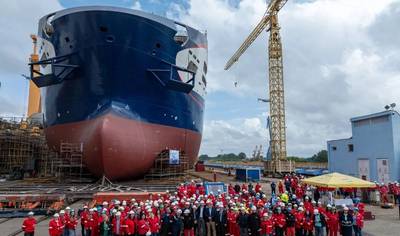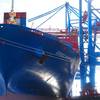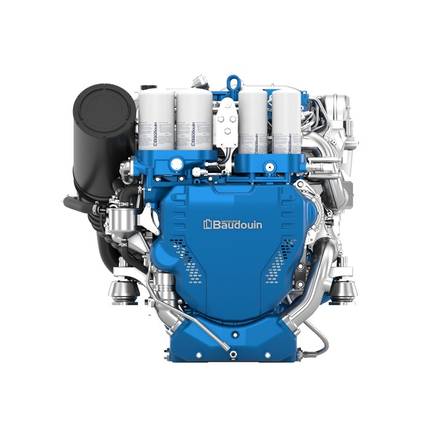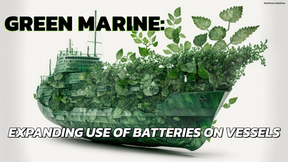Vard Launches Prysmian’s Monna Lisa Cable Layer
Norwegian shipbuilder Vard has launched a 171-meter-long cable laying vessel (CLV) Monna Lisa, being built for Prysmian, marking another major milestone towards the delivery of the vessel, scheduled for 2025.
Prysmian executives gathered at the VARD shipyard in Tulcea, Romania to celebrate the launching of the new CLV Monna Lisa, the sister ship to the cutting-edge Leonardo da Vinci.
Steel cutting, keel laying, generators installation and hull erection have successfully been completed on the Monna Lisa, which will be the sixth in Prysmian’s rapidly-growing vessel fleet.
The launching at VARD is a process that takes place over few days.
First, the vessel is skidded from the erection dock to the launching barge ‘Atlante’. Next, the barge is moved to a deeper water area within the shipyard basin, where it is submerged, releasing the new vessel to float in the water for the first time. Afterwards the vessel is moved to the quay side and prepared for the wet towage.
The Monna Lisa is now being towed down the Danube River, across the Mediterranean Sea, and up the coast of Portugal and Spain to Norway for the month-long journey to VARD’s shipyard in Søvik for outfitting completion, systems commissioning, trials and delivery.
She will be ready for service in early 2025, according to Prysmian.
“This is a major milestone on the journey to deliver our new vessel in 2025. It’s been hard to improve on a vessel as successful as the Leonardo da Vinci. But we are striving to get on Monna Lisa the best green solutions the market can offer,” said Davide Leoni, New Building Vessel Manager at Prysmian.
Monna Lisa will match the Leonardo da Vinci, the world’s most advanced cable-laying vessel, for capacity and performance. The vessel will boast two carousels of 7,000 and 10,000 tons, the highest capacity in the current market, enabling a reduced transportation time from the factory to the installation site.
At the same time, she improves on the Leonardo da Vinci by incorporating some green features such as lower C02 emissions thanks to the high-voltage shore connection to power the vessel with clean energy during loading, a 3MWh energy storage system with double the battery capacity, and diesel generators ready for biodiesel blends.
Prysmian plans to expand its cable-laying vessel fleet with two additional vessels to consolidate the widest fleet in the industry and to support the global power grid upgrade for the energy transition.














